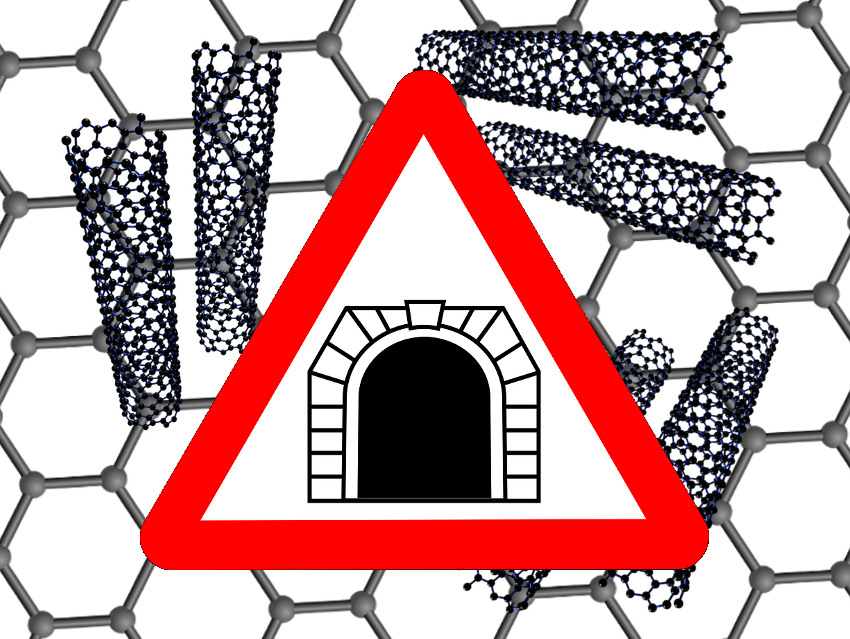Transparent conductive films (TCFs) are crucial in technologies such as touchscreens. Carbon nanotubes (CNTs)—in particular, single-walled CNTs (SWCNTs)—could be a good raw material for TCFs due to their electrical conductivity and mechanical strength. However, the electrical conductivity of SWCNT networks is often hindered by inefficient charge tunneling between individual tubes.
Kimmo Mustonen, University of Vienna, Austria, Esko I. Kauppinen, Aalto University School of Science, Finland, and colleagues have overcome this inefficiency by arranging the SWCNTs on a graphene sheet. The SWCNTs were fabricated using a vertical flow floating catalyst reactor and deposited onto the graphene using a precipitation method.
The graphene sheet was found to reduce the sheet resistance of the nanotube network by more than 50 % while retaining a high optical transmittance. This effect is caused by increased electrical tunneling between the nanotubes due to the graphene reducing the tunneling barrier heights. Raman spectroscopic measurements showed no substantial charge transfer between the graphene and nanotube layers.
- Enhanced Tunneling in a Hybrid of Single-Walled Carbon Nanotubes and Graphene,
Yongping Liao, Kimmo Mustonen, Semir Tulić, Viera Skákalová, Sabbir A. Khan, Patrik Laiho, Qiang Zhang, Changfeng Li, Mohammad R. A. Monazam, Jani Kotakoski, Harri Lipsanen, Esko I. Kauppinen,
ACS Nano 2019.
https://doi.org/10.1021/acsnano.9b05049

![Synthesis of [c2]Daisy Chains via Mechanochemistry](https://www.chemistryviews.org/wp-content/uploads/2025/04/202504_RotaxanesWithSolidStateMechanochemistry-125x94.png)

